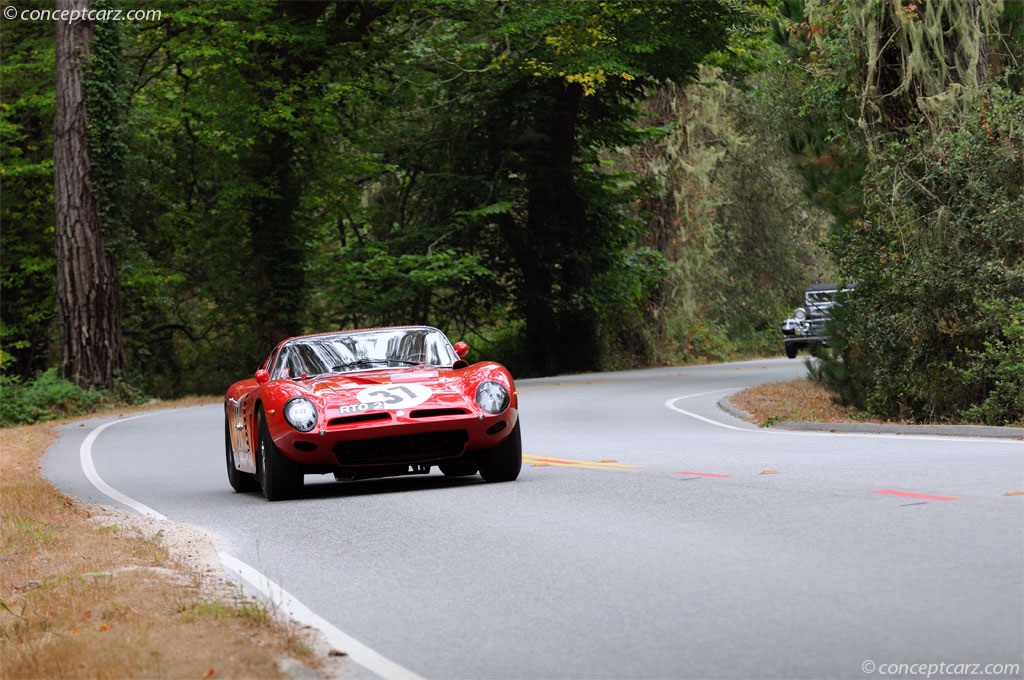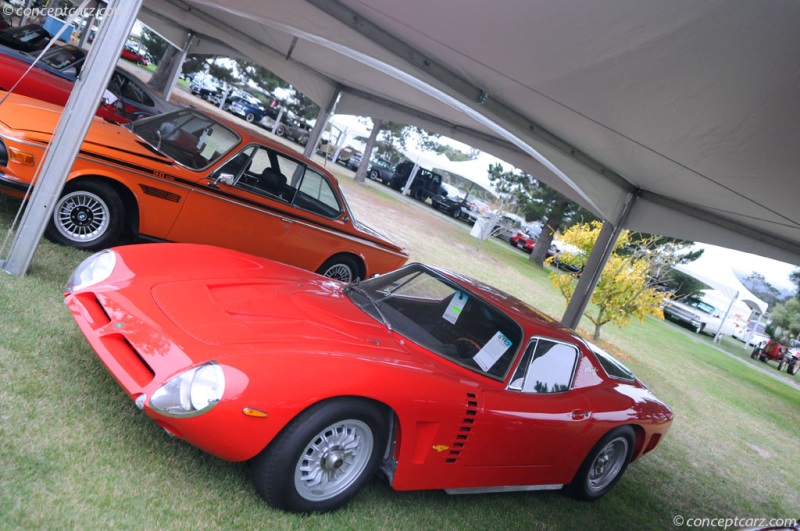1964 Bizzarrini Iso Grifo A3/C Navigation
- 1964 Bizzarrini Iso Grifo A3/C Menu
- Article
- Image gallery
- Valuation
- Specifications
Bizzarrini
Similar Vehicles
Similarly Sized Vehicles
from 1964
1964 Bizzarrini Iso Grifo A3/C Vehicle Profiles
Recent Vehicle Additions
Performance and Specification Comparison
Related Automotive News

From Lucybelle to DHL: Historic Porsche Competition Cars Race to Gooding & Company's Pebble Beach Auctions
The very best of Porsche excellence will come to Pebble Beach with a 1959 Porsche 718 RSK, a 1969 Porsche 90802, a 2007 Porsche RS Spyder Evo, and more.
Gooding %26 Company, the official auction house of the Pebble Beach Concours dElegance®,...

First Bizzarrini 5300 GT Corsa Revival Hits the Road
The reborn Bizzarrini brand, founded by arguably the most talented automotive engineer and designer the world has ever seen, has achieved its next significant milestone. The first Bizzarrini 5300 GT Corsa Revival prototype – the authentic recreation...

The Best Of Lamborghini At London Concours 2020
The London Concours has announced its Great Marques Lamborghini display, celebrating the very best from SantAgata
Line-up includes icons early pioneers like the 400GT and iconic Miura, through to the Diablo SV, Murcielago and Aventador SVJ
Les...

BMW ALPINA B6 xDRIVE GRAN COUPE TO MAKE NORTH AMERICAN DEBUT AT NEW YORK INTERNATIONAL AUTO SHOW
BMW celebrates 40th anniversary of BMW of North America as well as the companys first major motorsports victory in the US at the 12 Hours of Sebring with the1975 BMW 3.0 CSL. The 50th anniversary of ALPINA will be celebrated by showcasing a 1970 BMW...

One of the Three Final Cars Built by Famed Italian Engineer Giotto Bizzarrini To Be Offered at Russo and Steele's Highly Anticipated Monterey Auction
Monterey, California – As the engineer responsible for the design and development of some of the most successful and innovative racing and GT cars ever conceived, Giotto Bizzarrini remains one of the most revered names in motorsport history. Hailing...
































